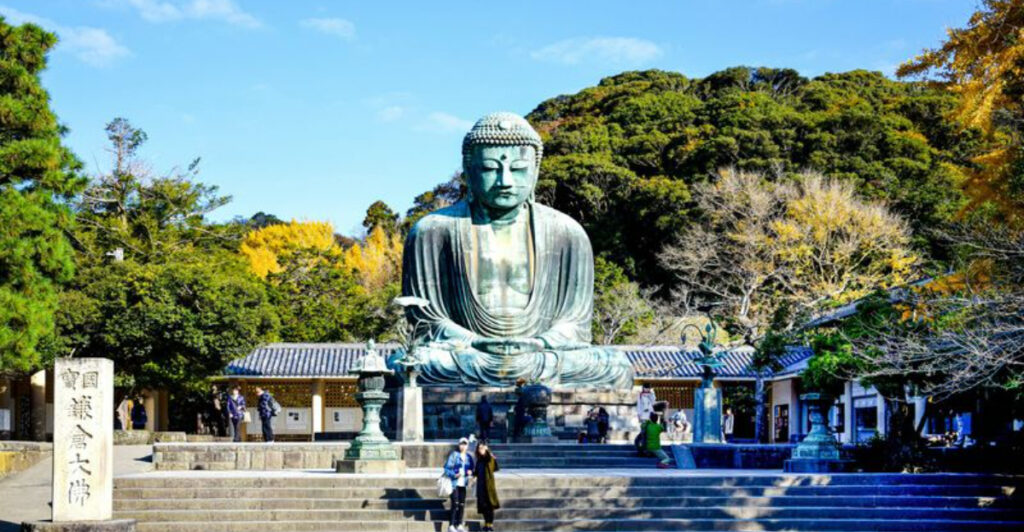Planning your first trip to Japan can feel overwhelming with its unique culture, language barriers, and countless destinations to explore. This comprehensive guide breaks down everything American travelers need to know for a smooth and memorable Japanese adventure. From navigating the efficient train system to understanding local customs, these essential tips will help you experience Japan like a seasoned traveler. Get ready to discover the perfect blend of ancient traditions and cutting-edge innovation that makes Japan truly extraordinary.
1. Visa & Entry Requirements
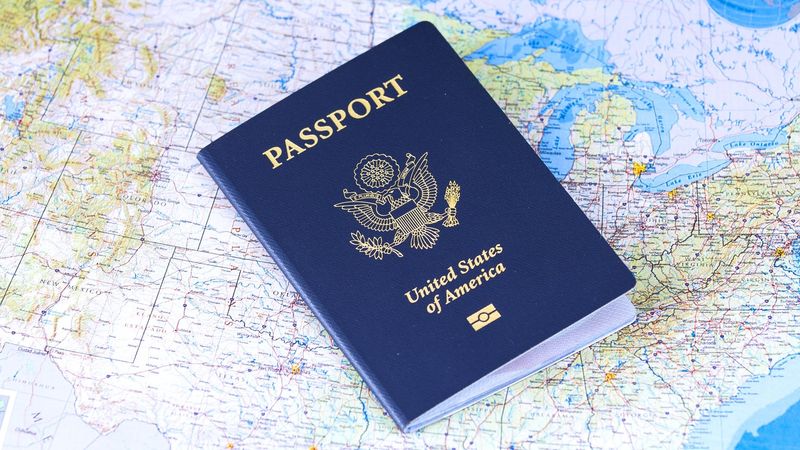
American passport holders enjoy one of the world’s most generous travel privileges when visiting Japan. Your valid U.S. passport grants you visa-free entry for up to 90 days, making spontaneous trips incredibly easy.
No mandatory vaccinations are required for entry from the United States. However, health requirements can change, especially following global events like COVID-19.
Always check the latest CDC and Japanese embassy guidelines before departure. Keep your passport valid for at least six months beyond your planned stay to avoid any complications at immigration.
2. Best Time to Visit
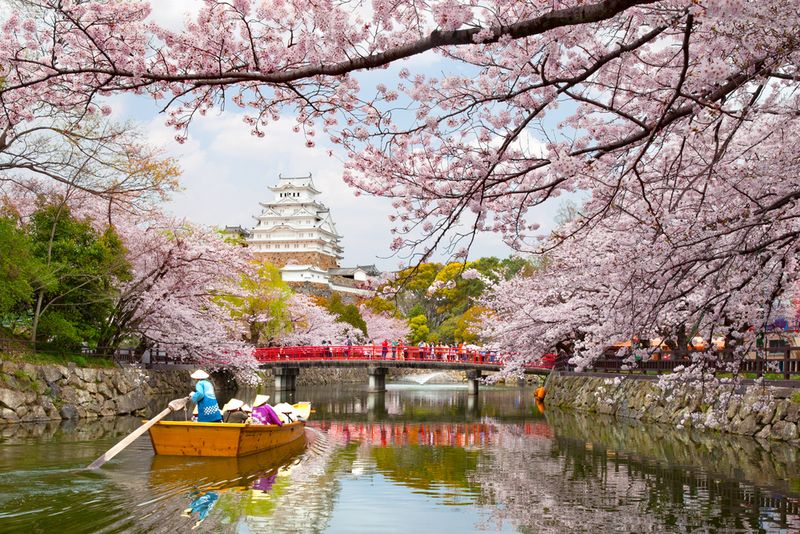
Cherry blossom season transforms Japan into a pink wonderland from late March through April. While absolutely stunning, expect massive crowds and premium prices during this peak period.
Fall offers the sweet spot for many travelers, with comfortable temperatures and brilliant autumn foliage painting the landscape. October through November provides ideal weather for walking and sightseeing.
Avoid Golden Week at all costs unless you enjoy sardine-can conditions. This late April to early May holiday period sees domestic travel surge, making transportation and accommodations extremely crowded and expensive.
3. Essential Apps
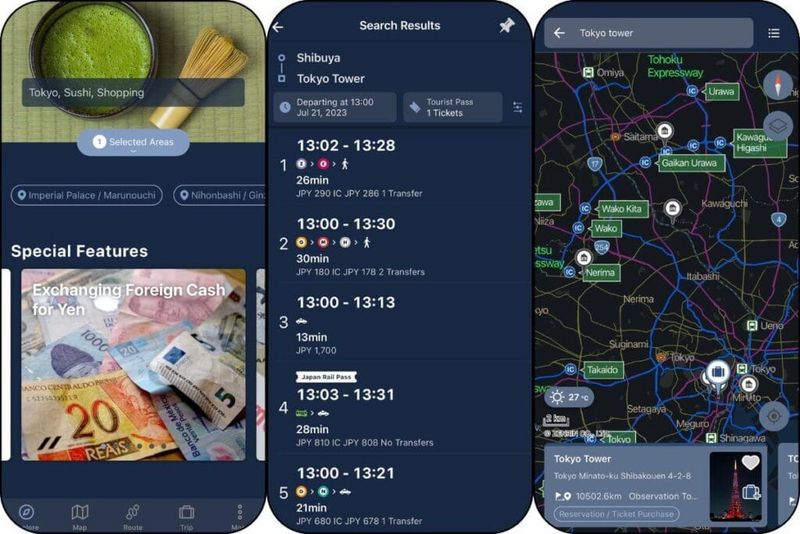
Google Maps works surprisingly well in Japan, providing accurate transit directions and real-time updates. The app includes English station names and walking directions to help you navigate efficiently.
Japan Travel by NAVITIME becomes your best friend for complex train schedules and route planning. This app offers detailed English instructions for the intricate Japanese rail system.
Google Translate’s camera function performs magic on Japanese text, instantly translating menus, signs, and instructions. Download the Japanese language pack for offline use when Wi-Fi isn’t available in remote areas.
4. Getting a JR Pass (or Not)

The famous JR Pass isn’t automatically worth buying for every traveler visiting Japan. Calculate your potential Shinkansen costs before purchasing this expensive travel pass.
Multiple bullet train trips between major cities like Tokyo, Kyoto, and Osaka make the pass worthwhile. However, staying in one region or city makes individual tickets more economical.
Use online JR Pass calculators to determine if your planned routes justify the cost. Remember that the pass doesn’t cover all train lines, particularly some private railways and subway systems in major cities.
5. IC Cards for Easy Transit

Suica and Pasmo cards revolutionize your Japanese transportation experience with tap-and-go convenience. These rechargeable cards work on trains, buses, and even vending machines throughout the country.
Purchase your IC card immediately upon arrival at airport kiosks or major train stations. The cards require a small deposit that’s refundable when you return the card.
Beyond transportation, these magical cards unlock purchases at convenience stores, restaurants, and tourist attractions. Keep your card topped up with yen for seamless travel and shopping experiences throughout your journey.
6. Tipping Isn’t a Thing

Forget everything you know about American tipping culture when visiting Japan. Excellent service is simply expected and included in the price, making additional tips unnecessary and potentially awkward.
Restaurant servers, taxi drivers, and hotel staff may actually refuse tips or seem confused by the gesture. This isn’t rudeness but rather cultural pride in providing exceptional service without extra compensation.
High-end ryokans represent the sole exception, where tips can be graciously accepted if presented in special envelopes. When in doubt, a simple bow and sincere “arigato gozaimasu” expresses your appreciation perfectly.
7. Cash Is Still King

Despite Japan’s technological advancement, cash remains the preferred payment method in many situations. Small restaurants, temples, traditional shops, and rural areas often operate as cash-only businesses.
Credit cards work in major hotels, department stores, and chain restaurants, but don’t rely on them exclusively. Many family-run establishments and local experiences require physical yen.
Seven-Eleven ATMs become your financial lifeline, offering English-language interfaces and accepting most international cards. These convenient machines are everywhere and typically charge reasonable fees for foreign withdrawals.
8. Convenience Stores Are Lifesavers

Japanese convenience stores, or “konbini,” operate as modern-day general stores offering far more than snacks and drinks. 7-Eleven, FamilyMart, and Lawson provide hot meals, Wi-Fi access, and even concert ticket sales.
These 24-hour havens serve fresh, high-quality food that rivals many restaurants. From hot coffee and pastries to complete bento box meals, konbini food exceeds all expectations.
Beyond food, these stores offer essential services like package delivery, bill payment, and printing. Many locations provide free Wi-Fi, making them perfect rest stops for checking directions or translating menus.
9. How to Ride Trains (Without Stress)

Japanese train etiquette follows unwritten rules that keep the system running smoothly for millions of daily passengers. Form orderly lines on platforms and board quickly when doors open.
Keep conversations quiet and avoid phone calls entirely while riding. Priority seating areas are reserved for elderly, pregnant, or disabled passengers, so vacate these seats when needed.
Eating is generally acceptable on long-distance trains but avoided on local commuter lines. Remove your backpack in crowded cars and offer your seat to those who need it more than you do.
10. Taxi Doors Are Automatic
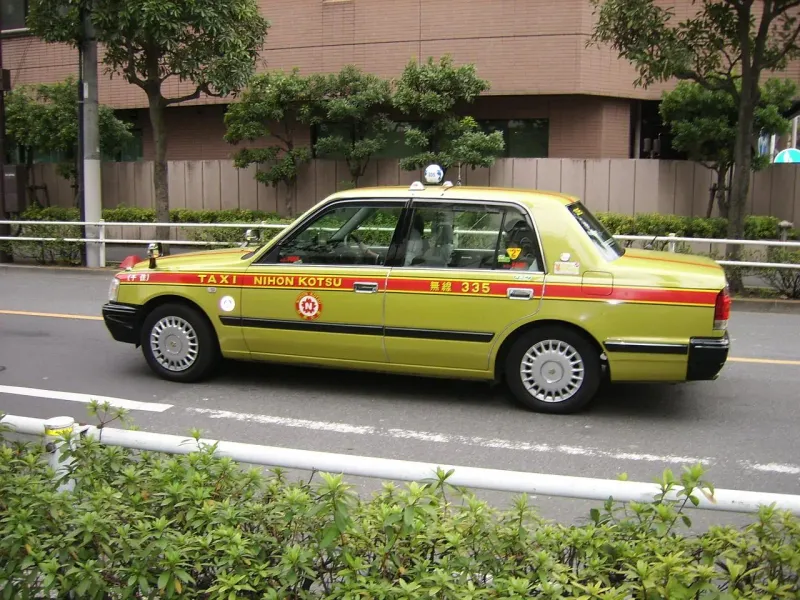
Japanese taxis feature automatic rear doors that open and close at the driver’s control. Attempting to handle the door yourself creates an awkward moment and potentially damages the mechanism.
Simply approach the taxi and wait for the driver to open the door for you. When exiting, remain seated until the driver opens the door from their control panel.
This automated system represents Japanese attention to detail and customer service. Drivers take pride in this feature, and respecting it shows cultural awareness and appreciation for local customs.
11. Must-Try Foods
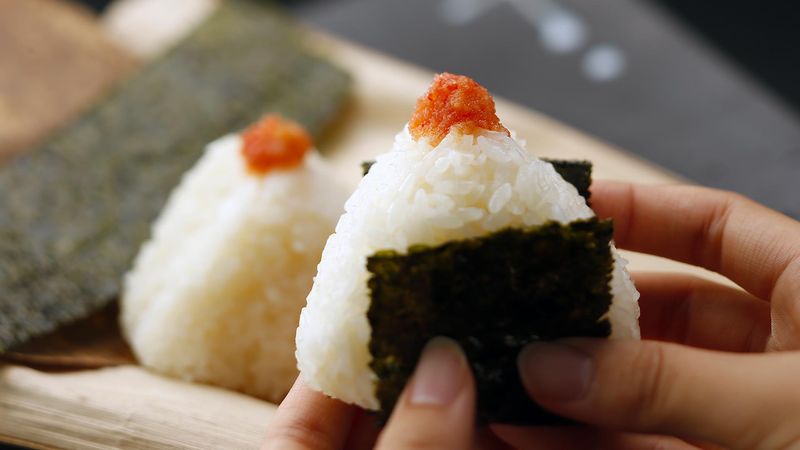
Ramen varies dramatically by region, offering unique flavors worth exploring beyond basic expectations. Sapporo’s rich miso broth and Hakata’s creamy tonkotsu represent just two of many regional specialties.
Sushi doesn’t have to break your budget when you visit conveyor-belt restaurants called kaitenzushi. These casual spots offer fresh, quality sushi at fraction of high-end restaurant prices.
Convenience store onigiri (rice balls) provide cheap, delicious, and portable meals perfect for busy sightseeing days. These simple combinations of rice, seaweed, and various fillings offer authentic Japanese flavors anywhere.
12. Etiquette at Temples & Shrines
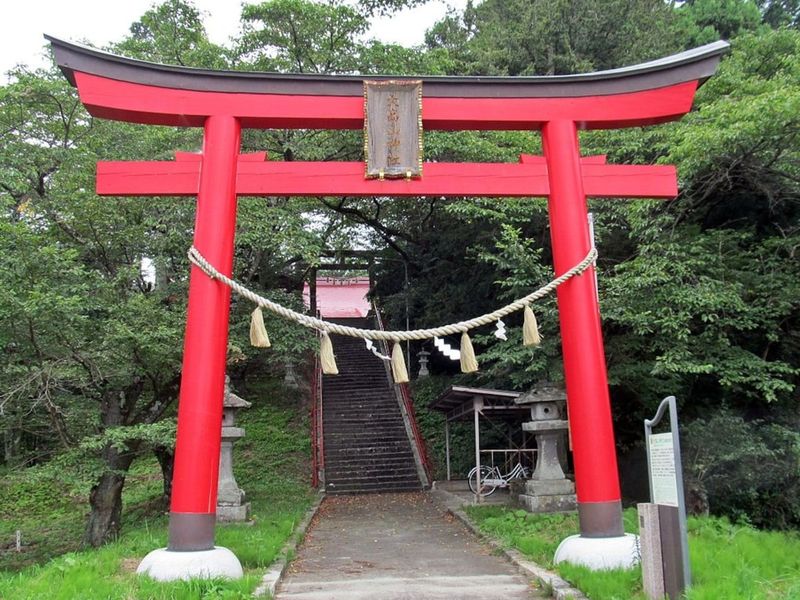
Approaching sacred spaces requires respectful behavior that honors centuries-old traditions. Bow slightly before passing through torii gates, which mark the entrance to sacred ground.
Temizuya water pavilions provide ritual cleansing before prayer or exploration. Rinse both hands and mouth with the provided ladles, following the demonstrated procedure carefully.
Photography rules vary by location, so look for posted signs or ask permission when uncertain. Remove hats, speak quietly, and observe how locals behave to guide your own respectful conduct throughout the visit.
13. Onsen (Hot Spring) Rules
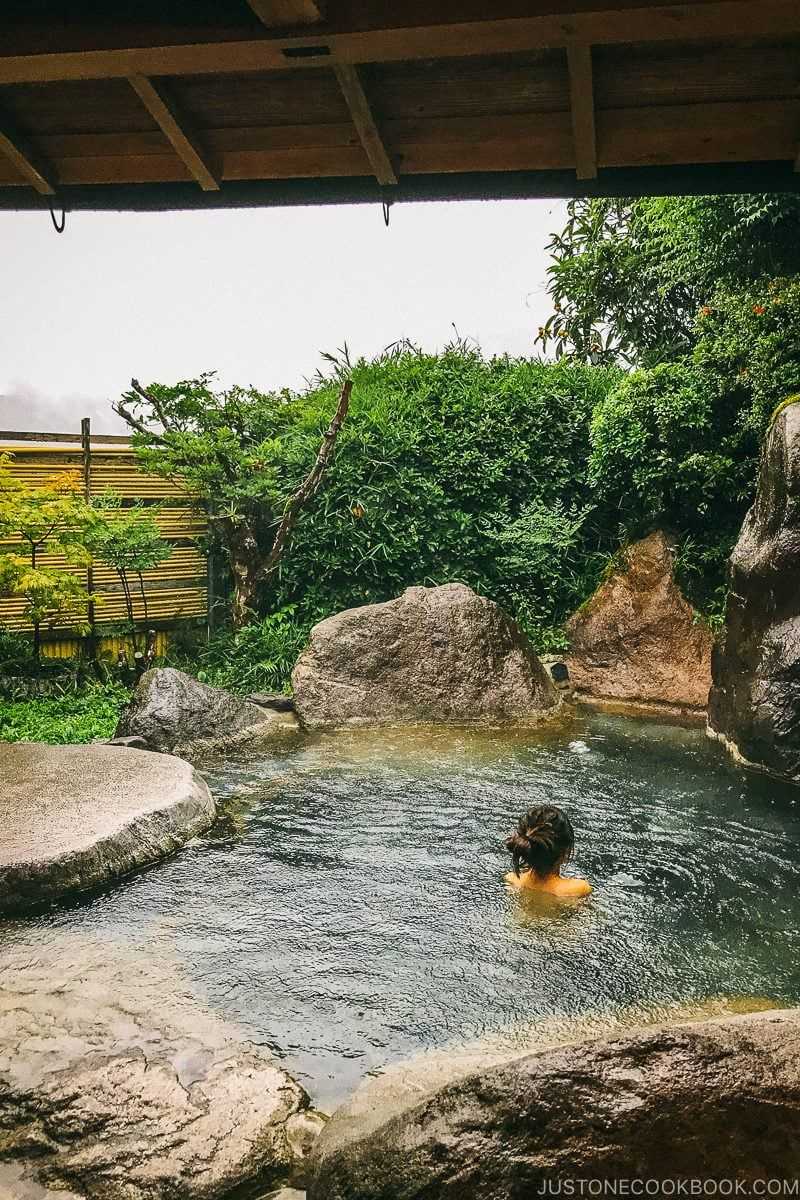
Traditional onsen culture includes strict rules that might surprise first-time visitors. Many establishments prohibit tattoos, viewing them as associated with organized crime, though tattoo-friendly options exist.
Complete nudity is mandatory in gender-separated bathing areas, making swimwear inappropriate and unwelcome. Thorough showering before entering the communal baths shows respect for other bathers.
Research tattoo-friendly onsen in advance if you have body art, or consider private family baths as an alternative. The relaxing experience of natural hot springs makes navigating these cultural requirements worthwhile.
14. Trash Cans Are Rare

Japan’s incredibly clean streets exist despite a puzzling lack of public trash cans throughout most areas. This system relies on personal responsibility and taking waste home for proper disposal.
Carry a small bag for your trash throughout the day, as finding disposal options can prove challenging. Convenience stores typically accept small amounts of trash from customers.
This practice stems from security concerns and cultural values emphasizing personal responsibility. Vending machines sometimes have small recycling bins attached, but general waste disposal remains your responsibility until reaching your accommodation.
15. Pocket Wi-Fi vs. SIM Cards

Pocket Wi-Fi devices work best for groups traveling together, providing internet access for multiple devices simultaneously. These rental units offer reliable connection throughout Japan’s major areas.
SIM cards prove more economical for solo travelers, offering direct phone internet without additional devices to carry. Purchase options are available at airports with English-language customer service.
Consider your group size, data needs, and budget when choosing between options. Pocket Wi-Fi requires charging and carrying an extra device, while SIM cards integrate seamlessly with your existing phone setup.
16. Best Day Trips from Tokyo

Nikko combines stunning natural beauty with elaborate shrine architecture just two hours from Tokyo. The UNESCO World Heritage sites include ornate temples surrounded by waterfalls and mountain scenery.
Kamakura offers a more relaxed pace with its famous giant Buddha statue and scenic coastal hiking trails. This former capital provides historical significance without Tokyo’s overwhelming crowds.
Both destinations are easily accessible by train and perfect for day trips when you need a break from urban intensity. Pack comfortable walking shoes and allow full days to properly explore these cultural treasures.
17. Kyoto’s Crowd-Beating Tips
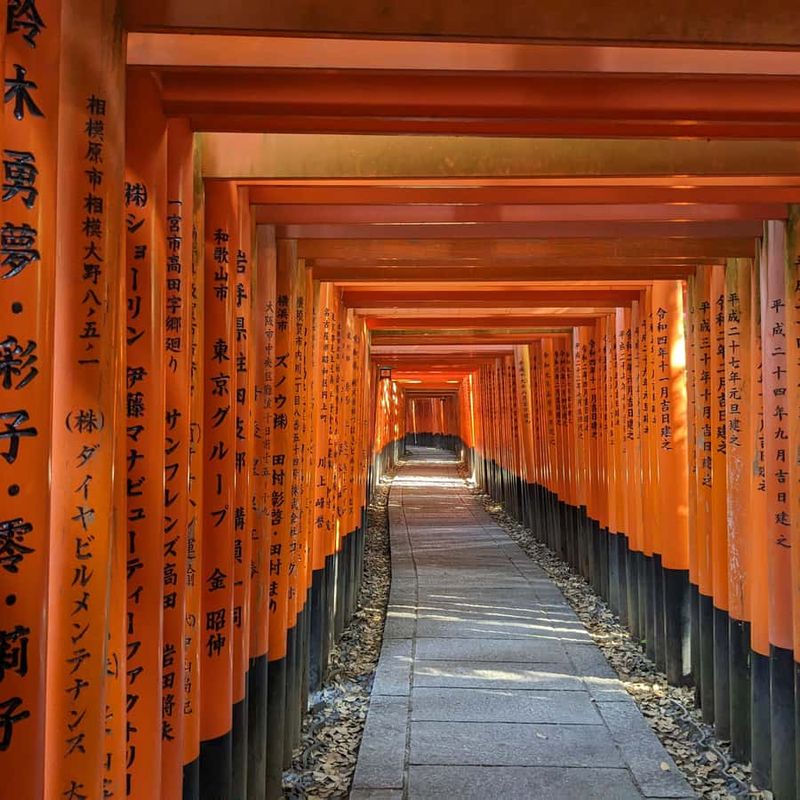
Fushimi Inari’s famous thousand torii gates create magical photos, but only if you arrive early enough to avoid tour groups. Reach the shrine by 7 AM for peaceful exploration.
Gion district comes alive at dusk when geishas travel between appointments, offering authentic glimpses of traditional culture. Respectful observation from a distance ensures you don’t disrupt their work.
Popular temples and bamboo groves experience heavy crowds mid-morning through afternoon. Plan major attractions for early morning or late afternoon to enjoy these iconic locations without fighting through masses of tourists.
18. Osaka’s Street Food Scene
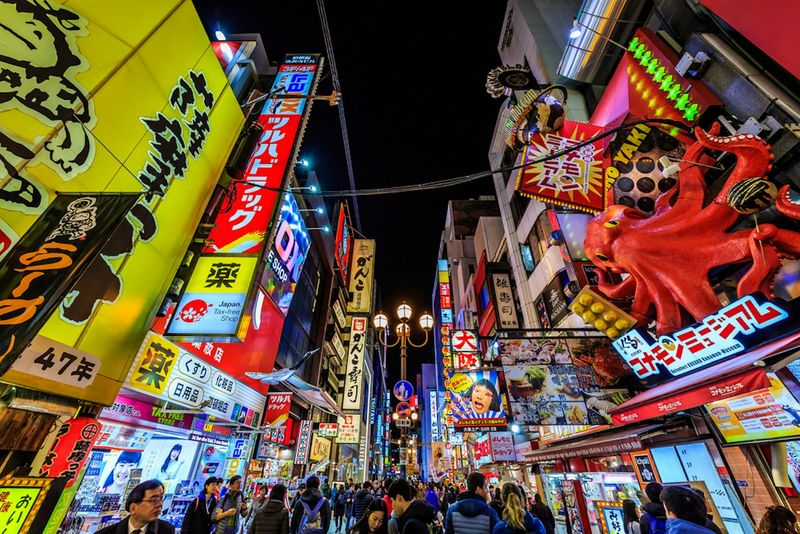
Dotonbori district pulses with neon lights, energetic crowds, and incredible street food that defines Osaka’s culinary reputation. This entertainment area offers Japan’s best casual dining experiences.
Takoyaki (octopus balls), okonomiyaki (savory pancakes), and kushikatsu (fried skewers) represent Osaka’s signature dishes. Each vendor adds their own twist to these beloved local specialties.
Evening hours bring the most energy and variety, though popular stalls operate throughout the day. Come hungry and adventurous, ready to try multiple small portions from different vendors for the full Osaka experience.
19. Hiroshima & Miyajima Combo
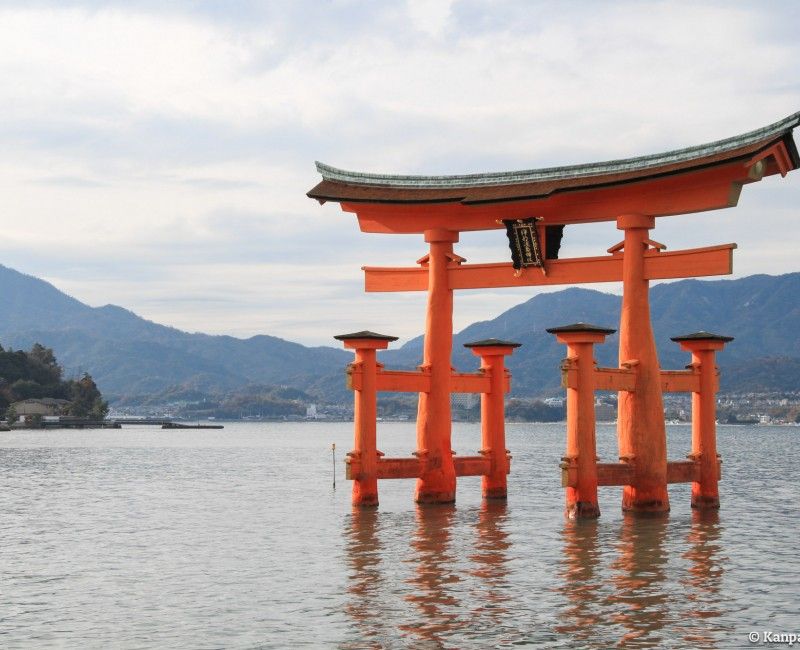
Peace Memorial Park provides a powerful and moving education about World War II’s impact on Japan. The museum and memorial sites offer sobering reminders of nuclear warfare’s consequences.
Nearby Miyajima Island features the iconic floating torii gate of Itsukushima Shrine, one of Japan’s most photographed landmarks. Time your visit with high tide for the full floating effect.
These destinations complement each other perfectly, combining historical reflection with natural beauty. Allow a full day to properly experience both locations, including the short ferry ride to Miyajima Island.
20. Bowing Basics
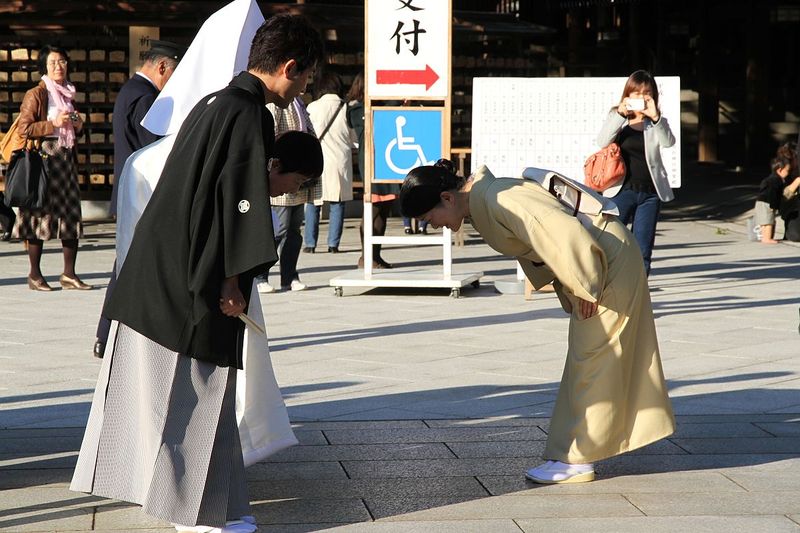
Bowing in Japan doesn’t require perfect technique from foreign visitors, but understanding basic principles shows cultural respect. A simple nod of acknowledgment suffices for most casual interactions.
Deeper bows indicate greater respect or formality, appropriate for business meetings, formal introductions, or sincere apologies. The depth and duration of your bow should match the situation’s importance.
Watch how locals interact and mirror their behavior when uncertain about appropriate bow depth. Most Japanese people appreciate any attempt at respectful greeting, regardless of perfect execution of traditional bowing protocols.
21. Language Barrier Solutions

English signage appears frequently in major cities and tourist areas, but rural locations require more creative communication strategies. Learning basic phrases like “sumimasen” (excuse me) and “arigato” (thank you) opens doors.
Pointing, gesturing, and showing pictures on your phone work surprisingly well for basic needs. Japanese people are generally patient and helpful with foreign visitors attempting to communicate.
Download offline translation apps and carry a small phrasebook for backup communication methods. Many younger Japanese people have basic English skills and may help translate in challenging situations.
22. Shopping and Souvenirs

Japanese craftsmanship produces unique souvenirs that reflect the country’s attention to detail and quality. Traditional items like furoshiki wrapping cloths, hand fans, and ceramic pieces make meaningful gifts.
Department stores offer tax-free shopping for foreign tourists on purchases over certain amounts. Bring your passport and ask about tax refund procedures at customer service counters.
Kit-Kat flavors exclusive to Japan, high-quality stationery, and traditional sweets provide affordable options for friends and family. Avoid obvious tourist traps in favor of local specialty shops for authentic purchases.
23. Emergency Preparedness
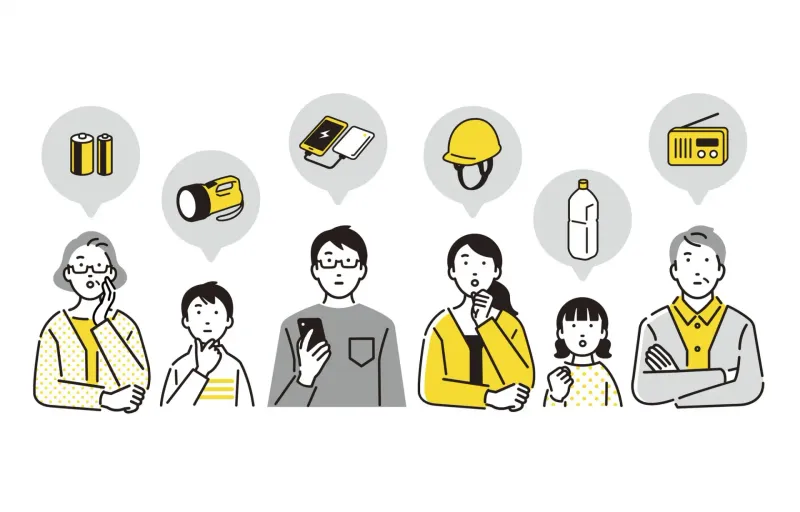
Japan experiences earthquakes regularly, making basic emergency awareness important for all visitors. Familiarize yourself with evacuation procedures in your hotel and carry emergency contact information.
Download emergency apps that provide English-language alerts for natural disasters, transportation disruptions, and safety information. Keep your passport and important documents easily accessible.
Emergency services number 110 connects to police, while 119 reaches fire and medical services. Most operators speak limited English, so having your location written in Japanese characters helps communication during emergencies.
24. Cultural Sensitivity Tips
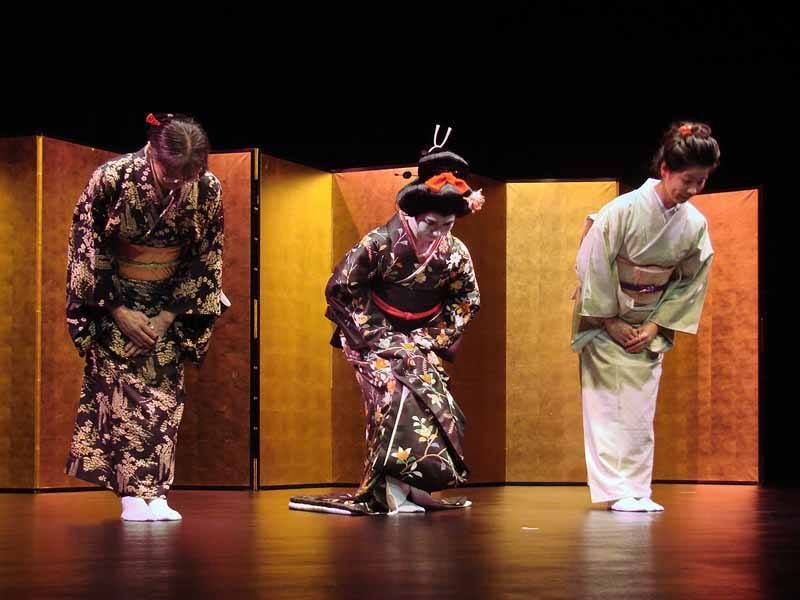
Respecting personal space takes on special meaning in Japan, where avoiding physical contact with strangers is cultural norm. Handshakes are acceptable for business, but bowing remains the preferred greeting.
Removing shoes when entering homes, some restaurants, and temple buildings shows proper respect. Look for shoe racks or slippers as indicators of shoe removal expectations.
Loud conversations, public displays of affection, and eating while walking can make you stand out negatively. Observing local behavior and adjusting your own actions accordingly demonstrates cultural awareness and respect.
25. Health and Safety Considerations

Japan ranks among the world’s safest countries, with extremely low crime rates and helpful police presence. Walking alone at night, even in major cities, poses minimal safety concerns for most travelers.
Prescription medications require special consideration, as some common American drugs are prohibited in Japan. Research medication restrictions and carry proper documentation for any required prescriptions.
Natural disasters like earthquakes and typhoons occur seasonally but rarely affect tourists significantly. Stay informed about weather conditions and follow local guidance during any emergency situations that may arise during your visit.

